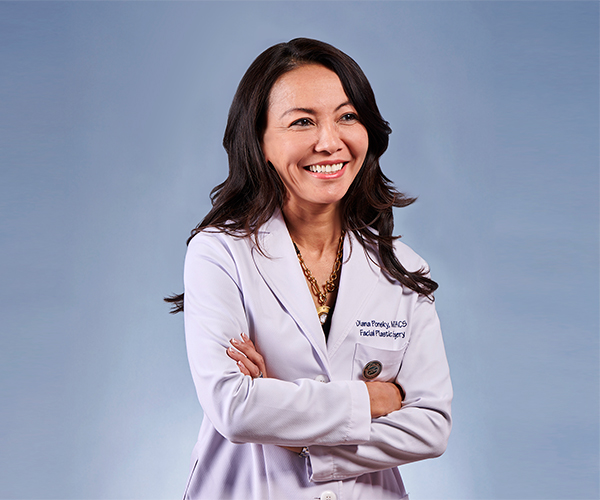Picking up a cup of coffee or brushing your teeth may not strike most people as extraordinary accomplishments. But to someone who's lost the use of a hand or arm, performing these functions provides a level of independence beyond measure.
Dr. Michael W. Keith, chief of the division of hand surgery at MetroHealth Medical Center and professor of orthopedic surgery and biomedical engineering at Case Western Reserve University, has devoted 25 years to helping restore upper limb function. As the lead surgeon for the upper extremity program at Cleveland Functional Electrical Stimulation Center, a research consortium including Cleveland VA Medical Center, Case and MetroHealth, he performs hundreds of specialized hand surgeries every year.
"I've always been interested in reconstruction," he says, "especially of upper body limbs."
He compares hand surgery, which is highly specialized, to complex carpentry, but on a micro level. "It requires electrical work, assembly, plumbing, repair and reconstruction," says Keith, who has a background in electronics. "Plus, it has to be aesthetically appropriate."
There's a responsibility, he says, to create the best possible hand for someone who's been injured or paralyzed. "The hands I make will be the tools they'll use for self-care and personal contact with others," says Keith. "They're the tools that control all their other tools - from iPods to cars. The better their hands, the better their life."
Keith helped pioneer FES technology, the application of small electrical currents to their nerve centers, which allows people to move their paralyzed limbs. Today, he trains surgeons around the world on how to implant these systems.
Using patients' goals as a compass, Keith works to surpass basic grasps and movement. To this end, he's recreated hands that do everything from needlepoint work to playing catch with a baseball.
"Essentially, these people are being given back control of a limb that they'd thought was lost," says Keith. "There are so many people who have gotten much better. It doesn't matter if their limb was reattached or if control was restored. At one point, they were in great despair, and then something miraculous happened that they didn't expect."
One of Keith's favorite success stories is a man whose arm was practically severed from his body in a salt mine accident. In the first few minutes of his injury, the man simply started smoking a cigarette, mentally resigning himself to live without the limb. Keith, however, performed reattachment surgery that has restored the use of his arm.
For people, however, for whom reattachment isn't a viable option, Keith works to build the best, most functional prosthetic limb possible. With a team of engineers, he works with limb makers to make sure the newest and best technologies are available.
Dr. Harry A. Hoyen has been a junior partner in Keith's orthopedic group for seven years. "He has truly been a mentor, colleague and friend," Hoyen says. "He's an unassuming man who accomplishes the amazing."



